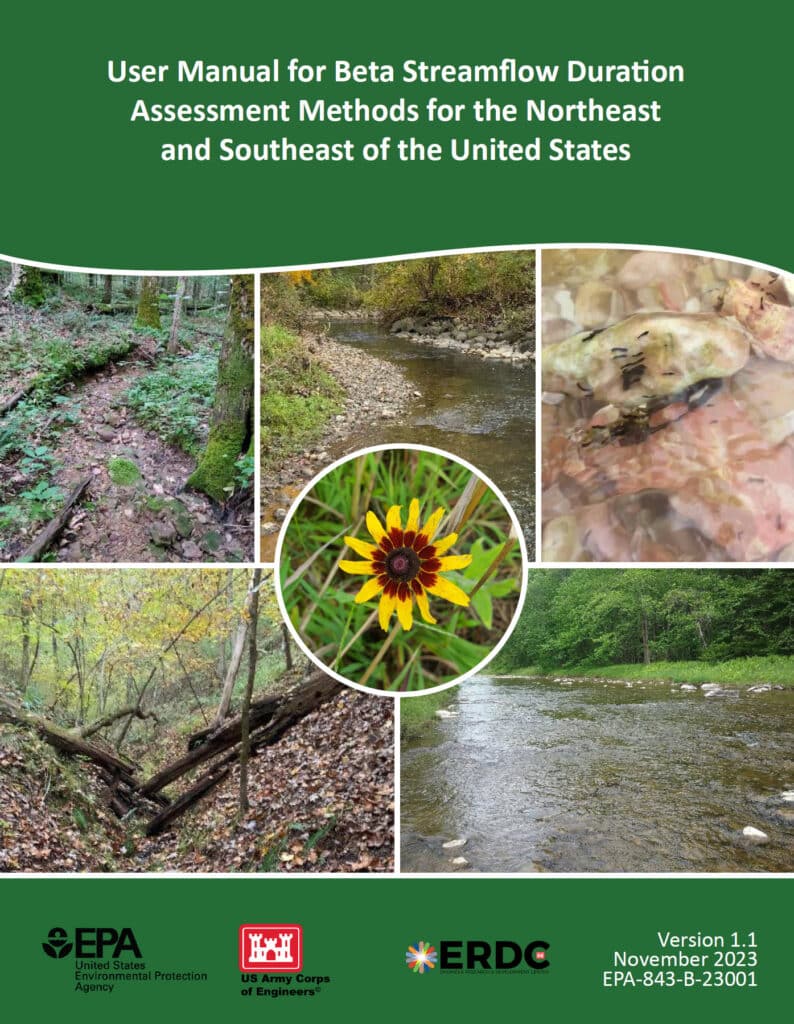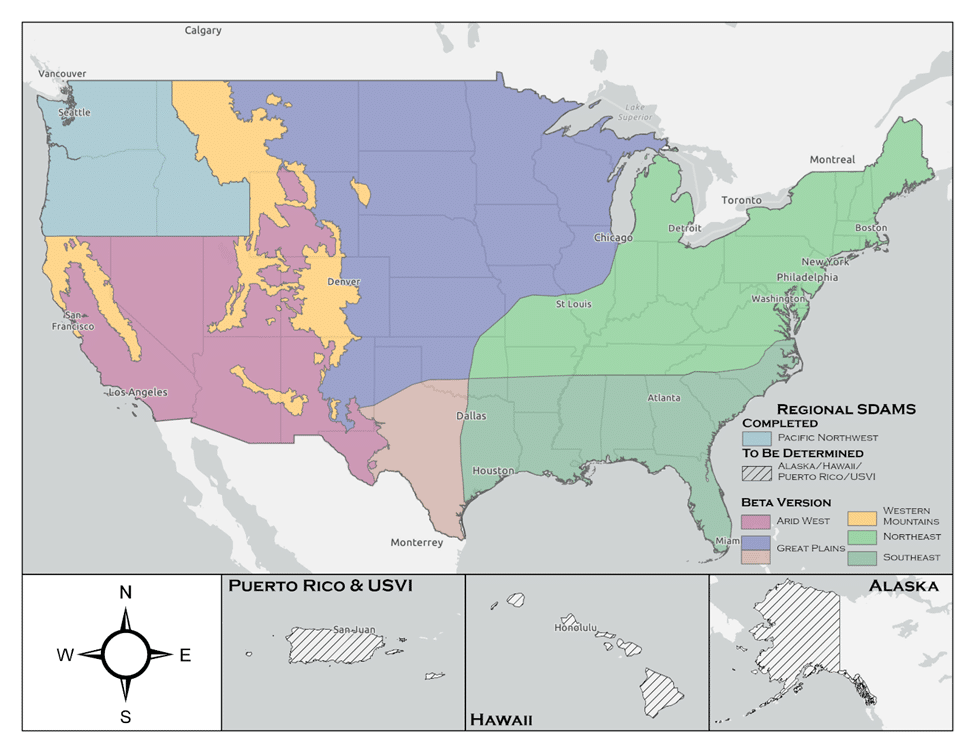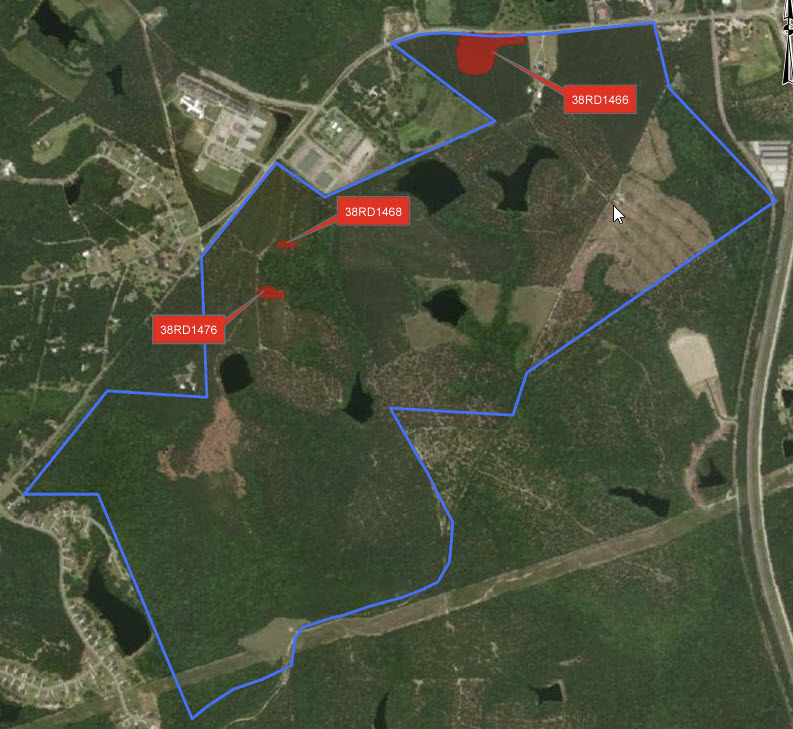
How a Recent Court Ruling Could Complicate Waters of the United States (WOTUS) Rulemaking
A recent court decision in Marin Audubon Society v. FAA (No. 23-1067) may have significant implications for how the White House and federal agencies issue environmental regulations, particularly those related to the Clean Water Act’s (CWA) definition of “Waters of the United States” (WOTUS). The decision, issued by the United States Court of Appeals for the District of Columbia Circuit on November 12, 2024, has sparked questions around the authority of the Council on Environmental Quality (CEQ) to set binding environmental rules under the National Environmental Policy Act (NEPA). As WOTUS regulations continue to be a critical component of federal water protection, this ruling could add complexity to the rulemaking process, opening the door to new challenges and delays.
Understanding the CEQ’s Role in Environmental Regulation
The CEQ, part of the Executive Office of the President, was created to coordinate federal environmental efforts and ensure that agencies adhere to NEPA. Traditionally, CEQ issues guidelines that all federal agencies follow to conduct NEPA environmental assessments, which include evaluating the impacts of major actions on the environment. This standardization helps create a consistent framework across agencies for environmental protection.
In Marin Audubon Society v. FAA, however, the court raised doubts about CEQ’s ability to enforce binding regulations across federal agencies, arguing that its authority is primarily derived from executive orders rather than direct Congressional approval. Judge Randolph’s opinion suggested that CEQ’s rulemaking power might not hold up in court, challenging the notion that agencies are bound to follow CEQ’s NEPA guidelines. For WOTUS rulemaking, this raises substantial questions about how federal agencies like the Environmental Protection Agency (EPA) and the U.S. Army Corps of Engineers (USACE) will conduct their environmental reviews and establish regulatory consistency.
Key Ways This Ruling Could Affect WOTUS Rulemaking
Here’s how the court’s decision could potentially complicate future WOTUS regulations:
1. Limiting CEQ’s Influence Over Federal Environmental Reviews
The CEQ has long set the NEPA guidelines for federal agencies to ensure consistency in environmental impact assessments. By questioning whether CEQ has the authority to issue binding NEPA rules, the court has created uncertainty about the future of this standardized approach. Without a binding CEQ framework, agencies might no longer be required to use a single approach to assess the environmental impacts of WOTUS rules, making it more challenging to create uniform protections for waters and wetlands across the nation.
Potential Impact: The EPA and USACE could face challenges in setting a consistent environmental baseline when drafting WOTUS rules. This could create inconsistencies across administrations, especially if each agency must interpret NEPA standards independently. With a fragmented regulatory approach, the White House might struggle to align WOTUS rulemaking with broader environmental objectives, such as national water quality and biodiversity goals.
2. Increased Legal Challenges to WOTUS Rules
The court’s ruling introduces a heightened level of scrutiny on executive authority. Since WOTUS rules often rely on extensive environmental assessments, a lack of clear CEQ authority could make these assessments vulnerable to legal challenges. Opponents of WOTUS rules could argue that without CEQ’s centralized authority, the environmental analyses conducted by agencies lack sufficient legal backing, increasing the likelihood of lawsuits that could block or delay WOTUS rule implementations.
Potential Impact: Legal battles have already been a major obstacle for WOTUS rules. If challengers focus on procedural aspects related to NEPA compliance, the rulemaking process could face further delays. Such challenges could undermine agencies’ ability to protect critical waters and wetlands, forcing EPA and USACE to revisit or revise their environmental analyses.
3. Shift Toward Agency-Specific NEPA Guidelines
If CEQ’s authority is ultimately limited, federal agencies may need to establish or strengthen their own NEPA compliance processes rather than relying on CEQ guidelines. This could lead to inconsistencies in how agencies interpret and apply NEPA standards, as each agency might develop unique procedures for assessing environmental impacts.
Potential Impact: WOTUS regulations could face delays as agencies work to create or adjust their own NEPA guidelines. This would not only slow the process of protecting water resources but also introduce complexity as each agency may weigh environmental impacts differently. Developing these agency-specific rules could lengthen the timelines for WOTUS rulemaking and might complicate enforcement if there are varying interpretations of environmental impacts across agencies.
4. Potential Constraints on the White House’s Climate and Water Protection Goals
The White House often relies on consistent, CEQ-led NEPA standards to ensure cohesive action across federal agencies, especially for ambitious goals such as those related to water conservation and climate change. With limitations on CEQ’s binding authority, it may become harder for the White House to drive a uniform environmental agenda and ensure that federal actions collectively work towards shared conservation objectives.
Potential Impact: WOTUS rules are essential for regulating water quality and protecting wetlands, which in turn play a crucial role in carbon sequestration, flood control, and habitat preservation. Without a consistent NEPA framework, the White House might find it challenging to align WOTUS rulemaking with broader environmental policies, potentially hampering efforts to meet water quality and climate goals. Additionally, a decentralized approach could lead to variability in enforcement, as agencies might follow different standards based on their unique NEPA guidelines.
5. Potential Rethink of Environmental Regulatory Strategy
The ruling could prompt the White House to explore alternative approaches to achieve its environmental objectives, especially if CEQ’s centralized authority remains in question. This might include working more closely with Congress to gain legislative backing for WOTUS or encouraging states to take a more active role in water protection.
Potential Impact: One option could be to shift more responsibility for water protection to the states, reducing federal reliance on WOTUS rules. Alternatively, the White House might pursue more public-private partnerships to address water conservation through collaborative projects rather than regulation alone. Such approaches could help the White House advance its goals despite the procedural challenges posed by the court’s decision, though they may be less effective than a cohesive federal approach.
Conclusion
The court’s ruling in Marin Audubon Society v. FAA (No. 23-1067) has introduced new complexities into the regulatory landscape for federal water protections like WOTUS. By calling into question the CEQ’s authority to issue binding environmental rules under NEPA, the court’s decision could slow down the WOTUS rulemaking process, open the door to more legal challenges, and limit the White House’s ability to enforce consistent environmental protections across agencies.
For those invested in the protection of U.S. water resources, this ruling highlights the importance of clear, well-supported regulatory authority. The White House may need to adapt by seeking legislative support for CEQ’s role or by exploring alternative regulatory strategies to continue advancing WOTUS protections. As federal agencies navigate these changes, the fate of critical waters and wetlands will remain a closely watched issue, with implications for conservation, climate resilience, and clean water access nationwide.












